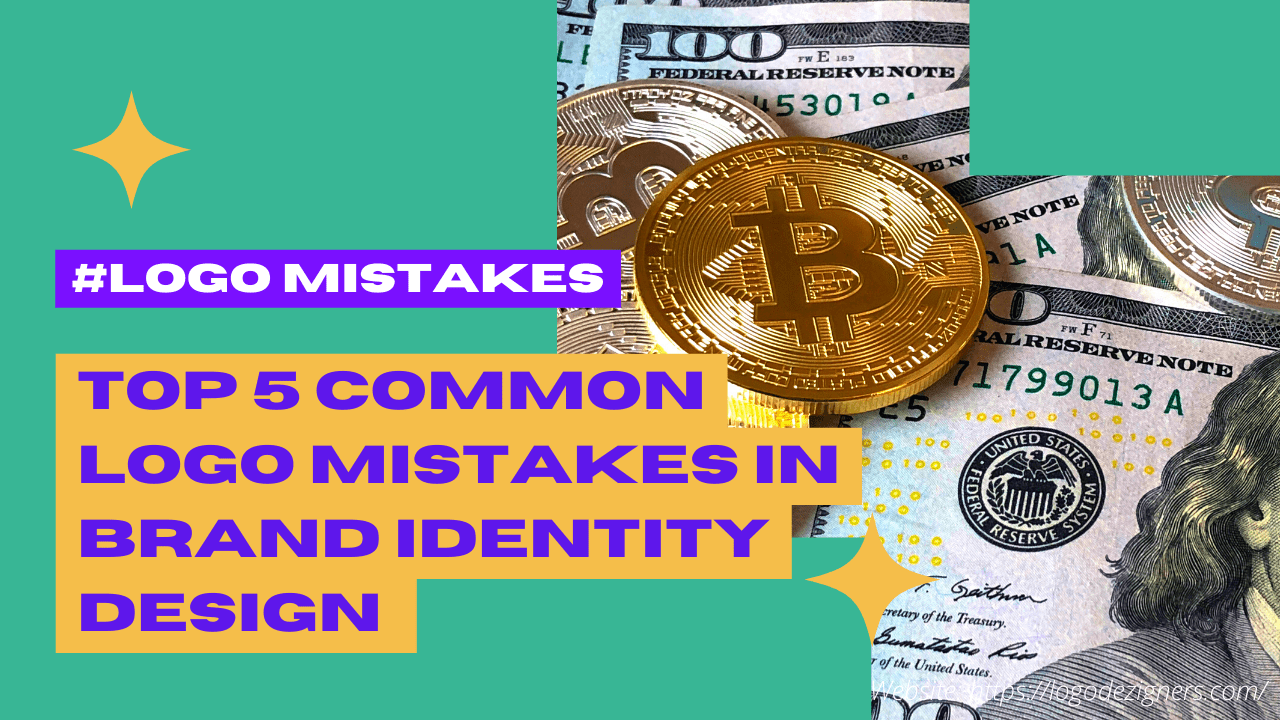
When creating a logo what are 7 things a company should consider
Creating a successful logo is an essential component of any business. It should reflect the company’s values, appeal to potential customers, and stand out from the competition. But with so many factors to consider, it can be hard to know where to start. That’s why we’ve put together this guide – covering everything from brand identity considerations to font choice – that will help you craft a powerful logo that adequately portrays your business’ mission. In this post we’ll look at seven key points every business should take into account when creating their logo. Whether you’re just starting down the design path or sprucing up an existing logo, these tips provide all you need for crafting a memorable corporate emblem.
Define your brand identity and values
Defining your brand identity and values is vital to ensure your logo designers create an effective design that represents your company. Your brand identity is the perception of your business that sets you apart from your competitors, including the personality, values, and purpose. Your brand values are the guiding principles that your business follows and the promises the business makes to its customers. It is crucial to convey a clear and concise message to your logo designers to ensure that they create a logo that aligns with your brand identity and values. With a defined brand identity and values, you can ensure your designers communicate your brand message accurately, resulting in a logo that embodies your business ideals.
Choose your logo style
Choosing a logo style is a crucial decision when it comes to branding your business. Whether you opt for an illustrative, wordmark, symbolic, abstract, or a combination of any, it can be challenging to decide which one will accurately represent your brand. When selecting your logo style, it’s essential to consider your industry and audience to ensure that it resonates with them. An illustrative logo may be more suited to a company specializing in design or architecture, while wordmark logos are often favored by law firms or finance companies. However, there are no set rules, and ultimately it’s about creating a logo that captures the personality of your brand and appeals to your target market. So, take the time to explore your options and consider all of the elements that make your brand unique before making a decision on your logo style.
Incorporate your company name
When it comes to incorporating your company name into your logo, clarity is key. It’s important to choose a name that is easy to read and stands out both in print and digitally. Spend some time testing out different name styles and placements within your logo design to find what works best for your brand. Don’t rush this process – a well-designed logo can do wonders for your business. Remember, your company name is the foundation of your brand, so make sure it’s represented accurately and effectively.
Use meaningful imagery
In today’s digital world, imagery is just as important as the text itself. It’s critical to use meaningful and simple graphics that represent your brand. Your visuals should evoke emotions and capture your brand’s essence. However, designing your brand’s imagery is not just about creating something pleasing to look at. It’s about creating something that is timeless and works well in a single color. Your image must be easily recognizable, whether it’s on a billboard or on a tiny thumbnail. So, take your time crafting the perfect imagery for your brand that will make a lasting impression.
Consider color psychology
Color psychology is a fascinating topic that can have a significant impact on your brand personality and emotional response. Selecting the right colors to align with your brand’s values and identity is crucial and requires careful consideration. The color scheme you choose should evoke the desired emotional response and reflect your brand’s personality. It’s equally important to take readability into account, testing your chosen colors on various backgrounds to ensure they are easy to read and pleasing to the eye. With the right color choices, your brand can make a powerful statement and connect with your target audience in a meaningful way.
Create logical variations
When it comes to logo design, it’s crucial to ensure it works seamlessly across all applications. Creating logical variations – such as simplified one-color and black/white versions, as well as smaller sizes – can help achieve this. By doing so, your logo will remain consistent and recognizable no matter where it’s displayed. It’s important to keep the designs clear, concise, and precise to ensure maximum impact. Ultimately, taking the extra time to create versatile variations will pay off in the long run.
Also Read: How do I book someone to design my website logo online in 2024
Get feedback from others
Receiving feedback from others can be a valuable tool for any business or project. Gathering candid reviews from your target audience and colleagues can provide valuable insights and perspectives that you may have overlooked. This is especially true when it comes to the design of your logo. Getting an outside perspective can highlight how others perceive the design, and identify any potential issues that may be hindering its effectiveness. So if you want to ensure your logo is hitting the mark, don’t hesitate to ask for feedback from others.
Regularly review your logo
As your business evolves and expands, it’s important to ensure that your logo is keeping up with the changes. Regularly reviewing and reevaluating your logo is an essential step in maintaining a clear and consistent representation of your brand. By being open to refinements and updates, you can optimize your logo to boost recognition and stay relevant to your target audience. Remember, your logo is often the first impression people have of your brand, so it’s crucial to make sure it accurately reflects who you are as a company.
Related Questions
What are the things to consider when creating a logo?
Creating a logo is a critical aspect of any business branding. It represents the company’s visual identity and helps to establish its credibility in the market. The first step in creating a logo is to understand the business and its values. It is essential to choose a unique design that reflects the company’s philosophy and mission. Secondly, consider the target audience to whom the logo is directed. The logo design should be able to capture the attention of potential customers and stand out from other competitors in the market. Thirdly, it is essential to choose appropriate colors and typography for the logo design. The right colors and font style can create an emotional connection with the audience and convey a message about the brand. Lastly, ensuring the logo’s scalability and versatility is crucial. A logo should be able to work effectively across all media platforms, such as print, digital, and social media. These four considerations can help create a logo that is clear, concise and precise, and effectively represents a company’s branding.
What is the 7 types of logo?
Logos are one of the most critical pieces of branding that a business can have. They are the face of a brand and can make all the difference when it comes to attracting and retaining customers. There are seven basic types of logos that you should be aware of: wordmarks, lettermarks, pictorial marks, abstract marks, mascot logos, emblem logos, and combination logos. Each of these types has unique characteristics that make it appropriate for different businesses and industries. It’s essential to understand the distinctions between each type of logo to ensure that you select the best one for your business.
What are the 5 important elements that make a good logo?
A good logo is a crucial component for any successful brand, but what exactly makes a logo “good”? There are five important elements that stand out and should not be overlooked. First, a strong logo must be simple and easily recognizable. Second, it should be versatile enough to be used across a variety of mediums. Third, a good logo must be timeless and not easily outdated. Fourth, it should effectively communicate the brand’s message and values. Finally, a successful logo needs to be unique and stand out from competitors. These are the five important elements that make a good logo, and they should be given careful consideration when designing or evaluating a logo for any brand.
Also Read: Is it worth paying for a logo design in USA for international students in 2024
What are 5 rules for creating a good logo design?
Creating a good logo design is no small feat. It requires a careful balance of creativity, branding, and simplicity. Here are 5 essential rules for crafting a logo that will make a lasting impact: 1. Keep it simple – less is more when it comes to logo design. 2. Make it memorable – create something unique that will stick in people’s minds. 3. Use appropriate colors and fonts – choose colors and fonts that align with your brand’s values and message. 4. Think about scalability – your logo should be easily recognizable at any size. 5. Consider versatility – ensure that your logo looks good across all mediums, from business cards to billboards. With these rules in mind, you’ll be well on your way to creating a logo that effectively represents your brand.



